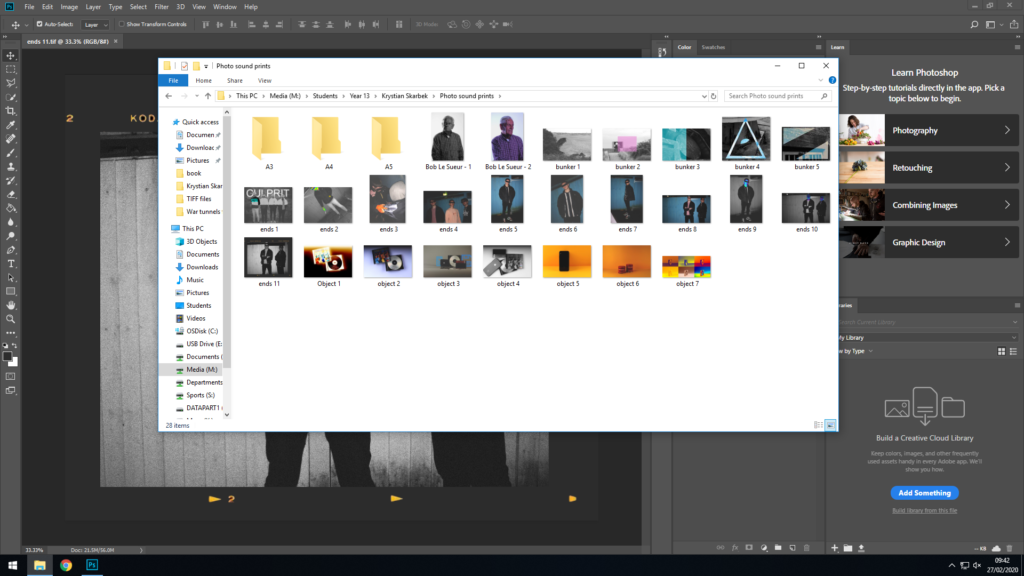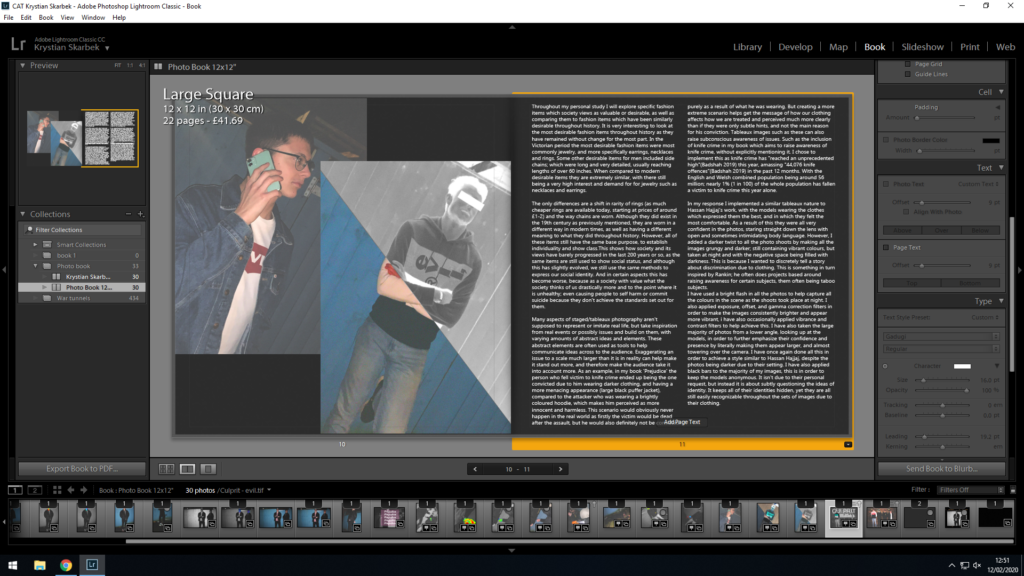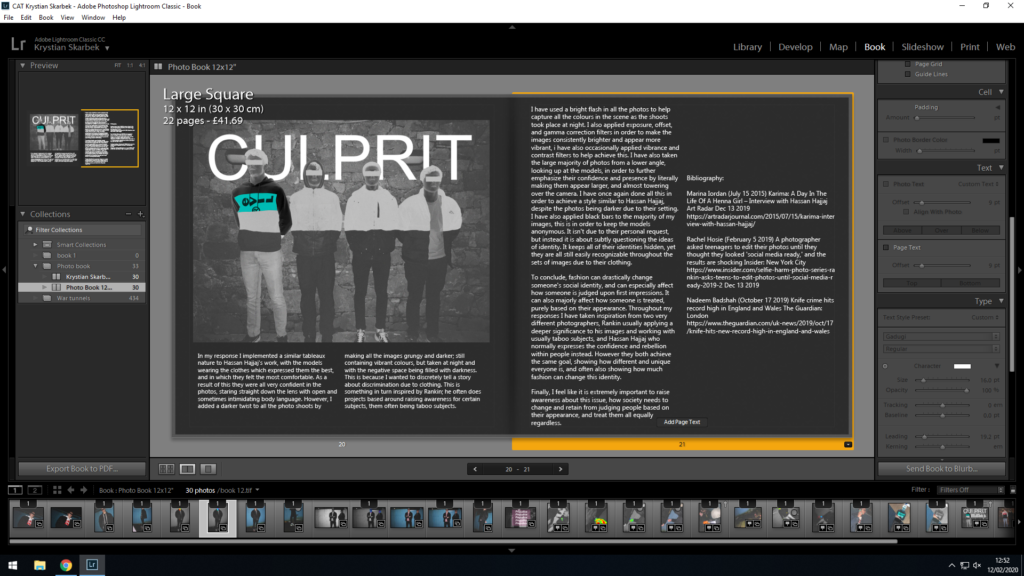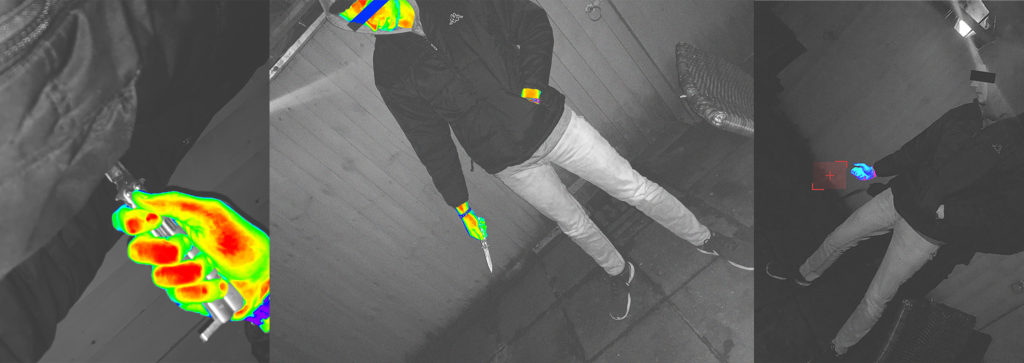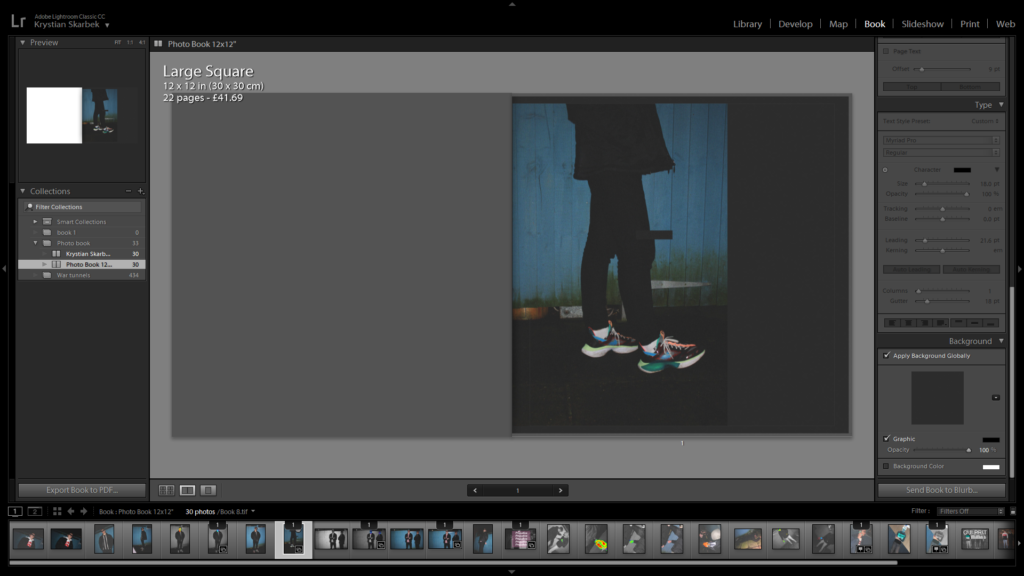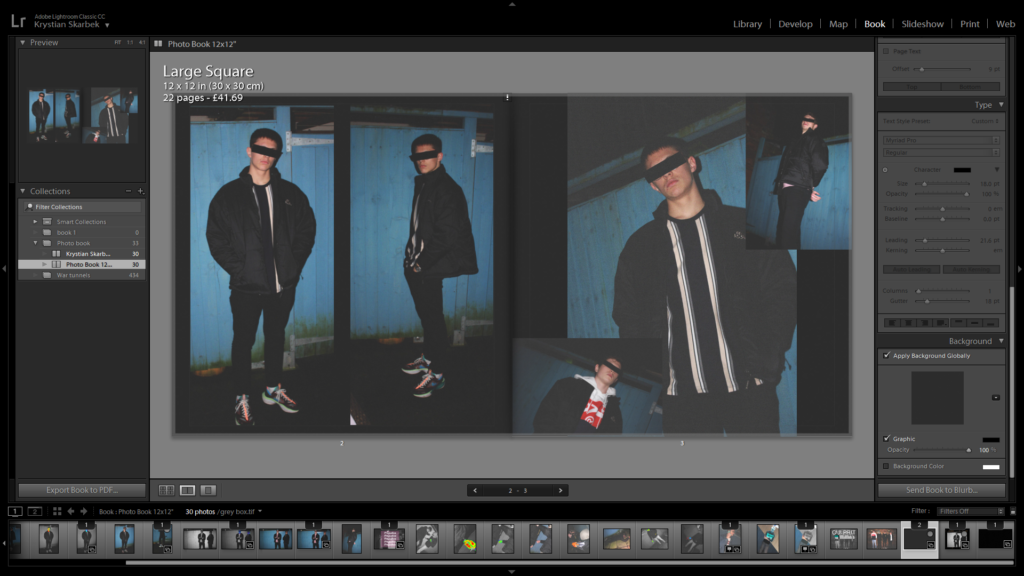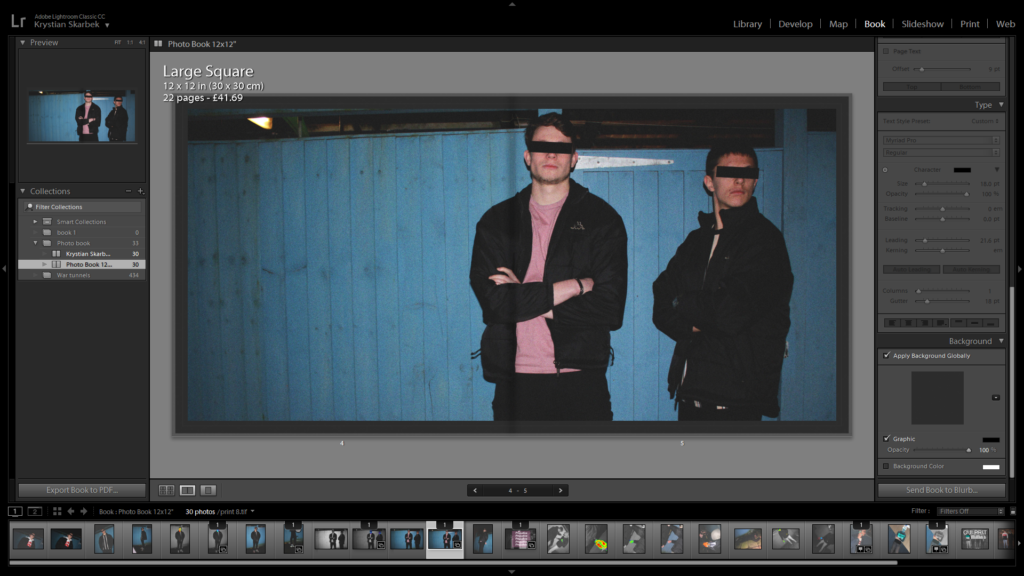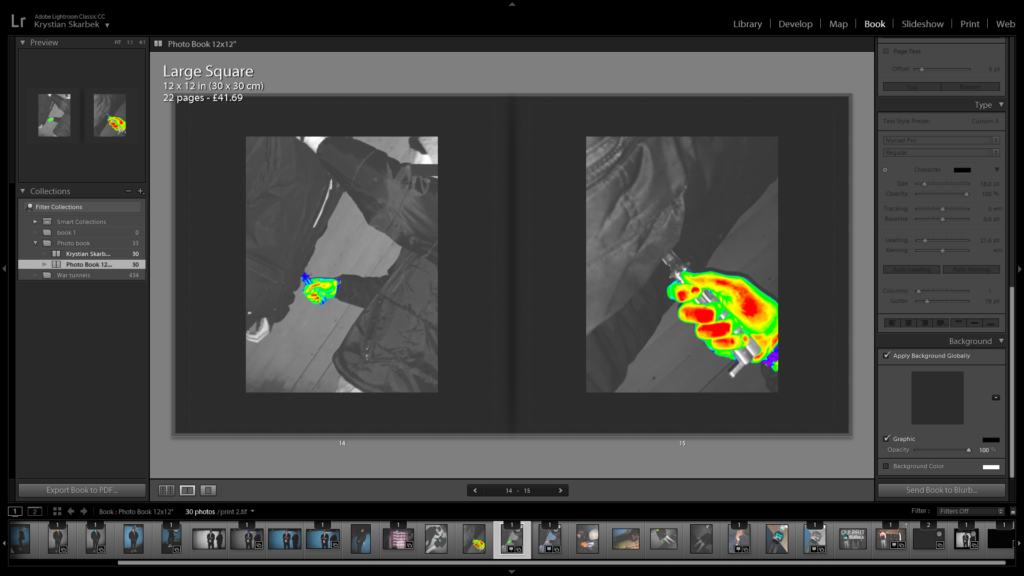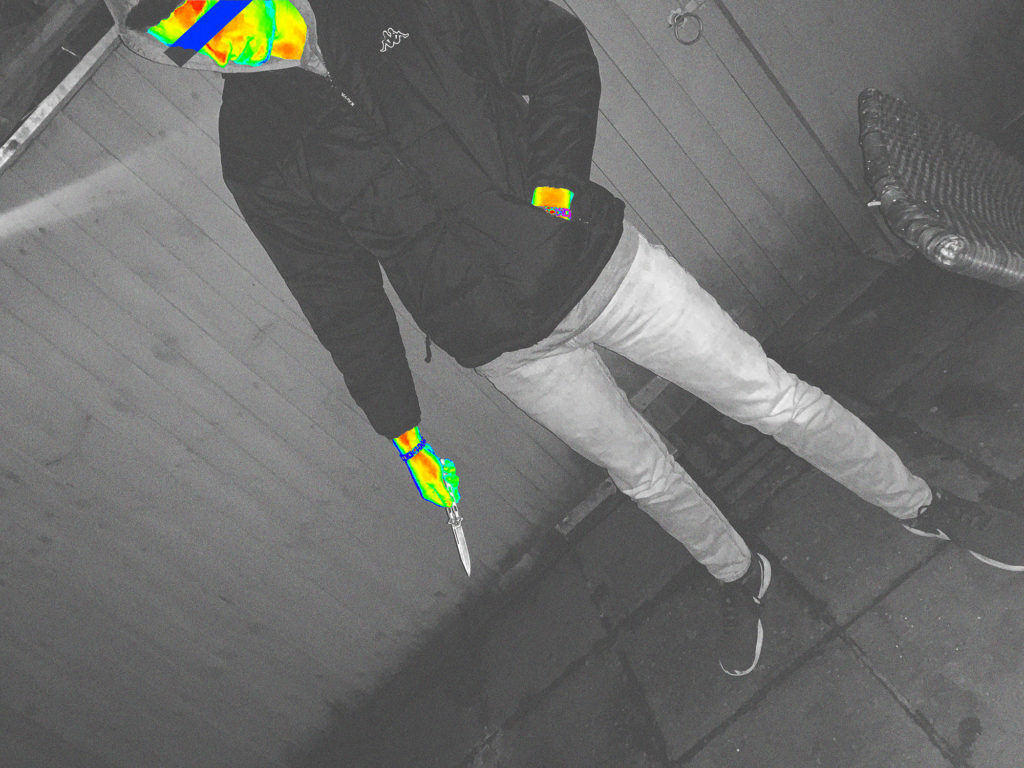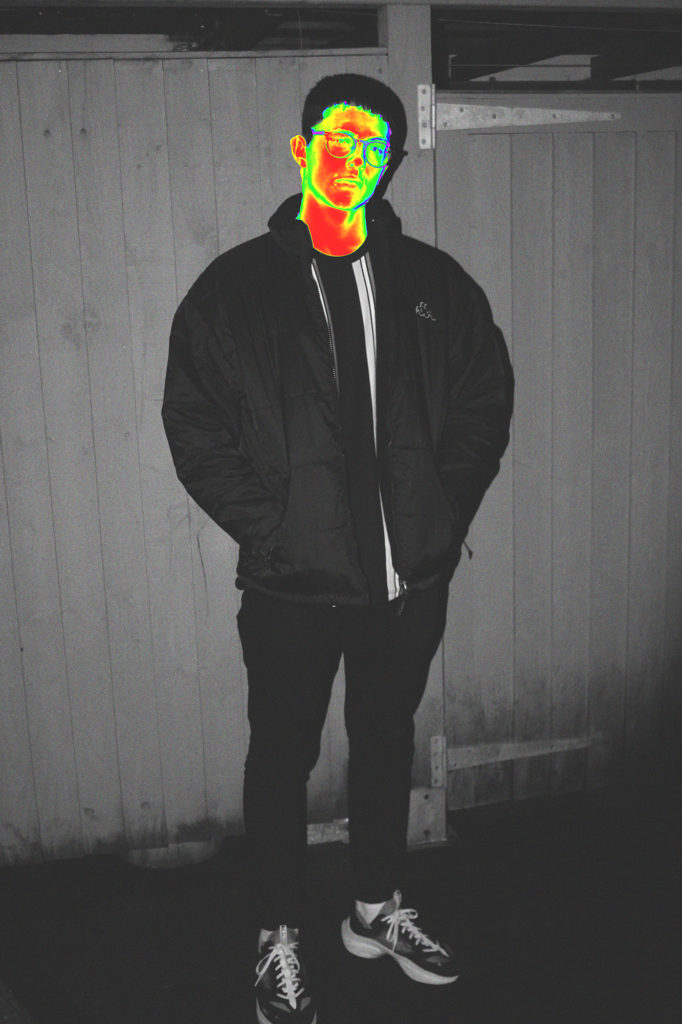Since the summer of 2019 A-Level Photography Students at Hautlieu School have been working on an extensive programme of study in their final year exploring Jersey’s Liberation and Occupation history in collaboration with Société Jersiaise, Jersey Heritage, Channel Island Occupation Society, Jersey War Tunnels, Bureau des Îles Anglo-Normandes and post-graduate students from École Européenne Supérieure d’art de Bretagne in Rennes with funding from Liberation 75. Students were challenged with responding to personal stories told by islanders experiencing the German Occupation first-hand and finding inspiration by looking through images, documents and objects held in various collections in Jersey’s public archives, producing a series of individual creative outcomes such as montages, photo-zines and collectively construct a visual narrative presented as a newspaper supplement printed and distributed by Jersey Evening Post on Friday 24 April 2020.
The Liberation vs Occupation project began partly as a response to 75 years of celebrating freedom in Jersey from the German Occupation in 1940-45. Sadly, islanders will not be able to commemorate this landmark event as initially planned and it is hoped that this newspaper and joint exhibition between Jersey and French students will in some small way act as catalyst for remembering those years of hardship and subsequent joy when Churchill’s now famous speech was broadcast on the 8 May 1945 with the endearing words ‘our dear Channel Islands are also to be freed today’.
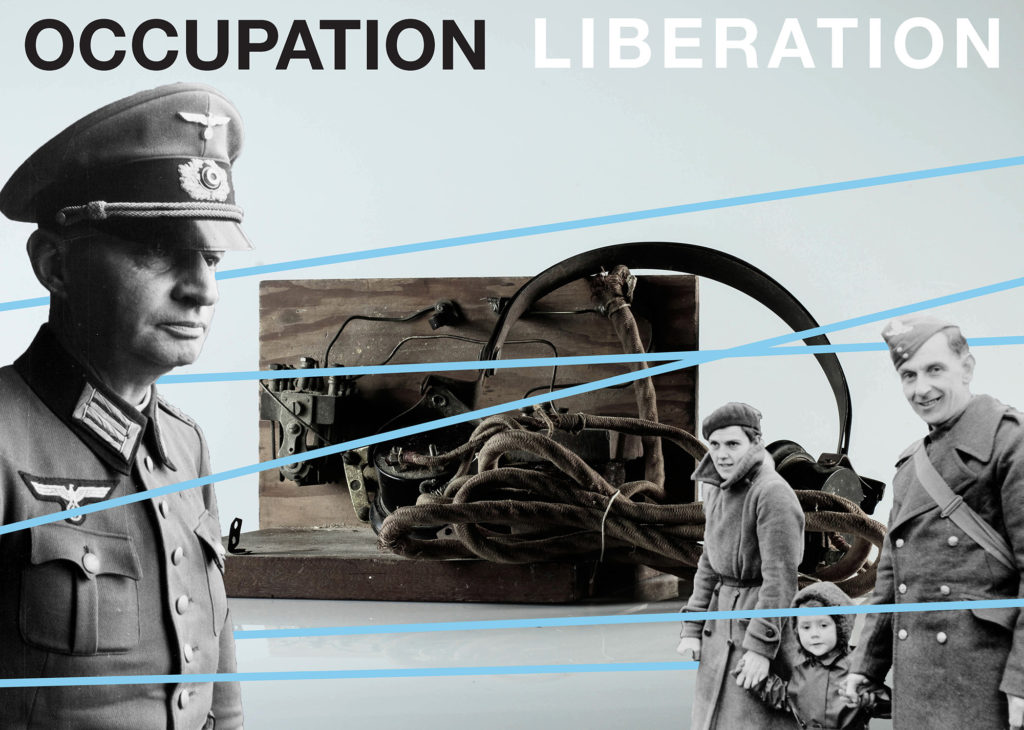


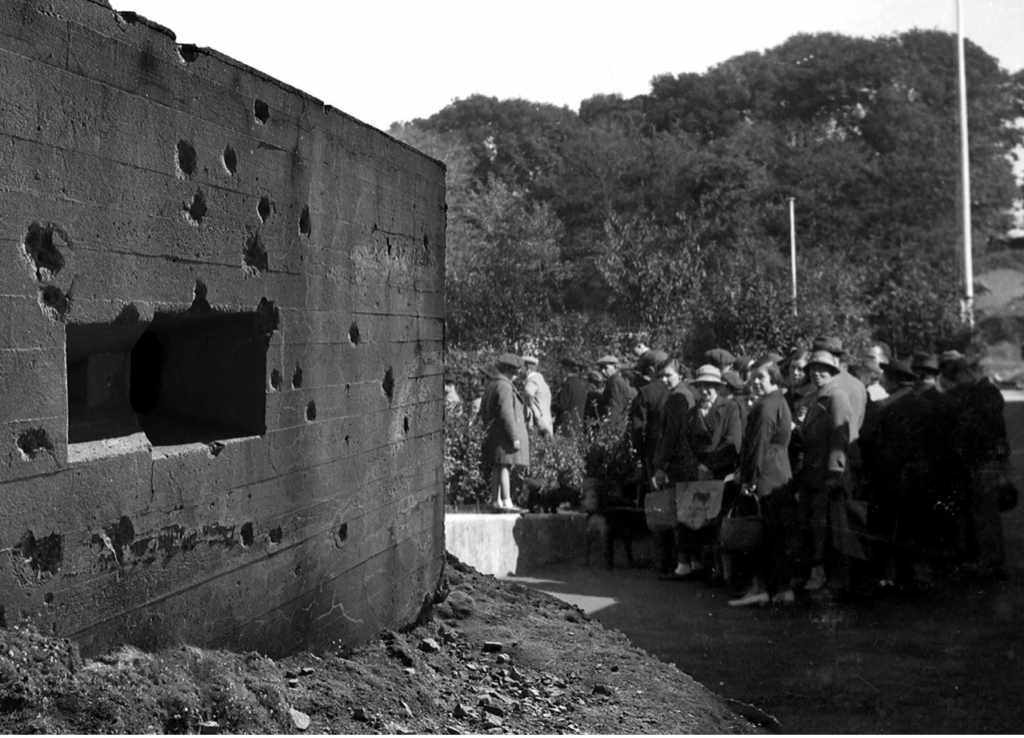
The programme of study began on the 4 June at the Société Jersiaise Photographic Archive where students took inspiration from a presentation by Patrick Cahill, Photo-Archivist and looked through some of the historical collections held in the photo-archive pertaining to the German Occupation of Jersey in 1940-45. In September students explored the landscape of German fortifications around the coastline of Jersey with specific visits to bunkers, such as Battery Moltke at Les Landes and Battery Lothringen at Noirmoint Point. Further visits followed to Jersey War Tunnels and Jersey Archive to research public records and learn more about life in the island during the Occupation.

Personal stories and memories from islanders, Bob Le Seur, Hedley Hinault, Joyce De La Haye and Joan Tapley, experiencing the German Occupation first-hand were recounted to students in a series of workshops, that included portrait sessions in the photographic studio at Hautlieu School and photographing objects from 1940-45 held in the Occupation collection at Jersey Heritage. Students have interpreted how the themes of Liberation and Occupation relates to them as teenagers growing up in the 21st century and the combined outcome of their studies can be seen on the pages of this newspaper, and in a joint exhibition Bunker Archaeology 2020 with postgraduate students from École Européenne Supérieure d’art de Bretagne (EESAB) originally to be held at the Berni Gallery, Jersey Arts Centre 6 -30 May 2020, now postponed due to Covid-19.

The Bailiff Timothy Le Cocq, who has written a foreword in the newspaper expressed his delight with how this collaboration has played a wider role in cultural diplomacy by; ‘allowing Rennes-based Masters students to work with students from Hautlieu on a project that has helped to spread the message of our important history, shared heritage and bringing communities closer together.’
Photographer and teacher Martin Toft who led this project, commented: ‘Every student involved in this project engaged passionately in the subject of the German Occupation of Jersey and the images presented here in this newspaper are only a fragment of the enormous amount of work that each student has produced. It provides a fascinating insight into how young people have used the language of photography to explore and interpret events which happened many years ago.’
Here is a video browser of the Liberation Newspaper printed and distributed islandwide by Jersey Evening Post.
Zines: The editing and sequencing of this newspaper was derived from a number of photo-zines produced by A-Level photography students at Hautlieu School.



Evaluation:
To evaluate, the overall outcome of the 48 page newspaper supplement has come together nicely and is a great way of celebrating Jersey’s 75th year of liberation. As a collective, we all selected our top outcomes and managed to sequence the photographs together in order to portray a celebrating narrative while exploring personal stories, landscapes and objects to do with the occupation of Jersey. The exhibition that was meant to go on would have also showcased our individual zine and photo books we had created which would have complimented our group newspaper. Personally, having four of my images displayed, with one being a double page spread, showcases my high quality final outcomes and adds to the overall effect of the newspaper. I am really pleased with the way in which it has turned out, as it showcases all of the classes hard work and effort and is a great outcome which will be nice to look back on in years to come.

